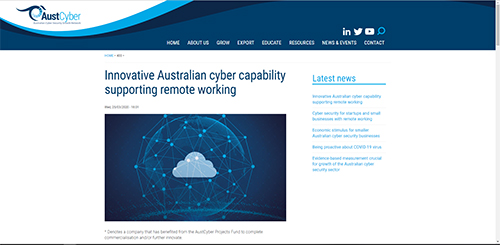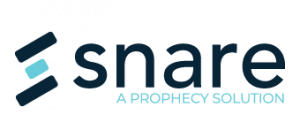With the advent of staff being more and more mobile with work activities, they are often not in the office. This remote teleworking has been a growing trend for many years and can mean that employee systems are not on the corporate network ever or very infrequently. If the systems are not on the corporate network, then the audit logs and other activity from their laptops cannot always be collected in near real time as there is no connection to the internal SIEM system that is typically on the corporate network. The corporate SIEM systems need to be protected and rarely on open networks as they contain sensitive information and need to be protected from tampering and viewing from unauthorized parties. This can leave the end point systems exposed to unauthorized activity from the staff member doing something they should not be doing, or to being hacked from an external party while on some other open network like a Starbucks, a cafe, a hotel or an airport’s wireless network for example. If the system gets compromised, then no log or alert information can be sent to the corporate SIEM and the security teams won’t know that one of their employees was just hacked. In general, most connections would require the employee to VPN when remote or go into an office location to connect to the LAN so the logs can be sent to the corporate SIEM. But by then the system may already be compromised so it could spread the malware on the corporate network and result in a larger scale incident. Many attacks can go unnoticed after a seemingly innocuous event such as not patching the system, a user clicked on a malicious link and malware was installed, a remote hacker exploits some weakness in the systems settings or via a new day zero vulnerability. Some attacks may try and hide on users’ systems until the user connects back to the corporate network but there will still be subtle bits of activity that can be detected and reported on with software installs and process execution.
So how can Snare help with this problem?
We have the capability to collect the logs from the employee’s system in near real time over the internet, all securely over TLS using a mutual authentication key to our Snare Collector/Reflector technology. The system can be open to the internet and only allow authorized connections from the Snare agents to the Snare Collector/Reflector. Any system that does not have the relevant authorization keys won’t be allowed to connect. Along with TLS certificate strict validation the destination connection can be trusted and securely send the log data to the central SIEM. The connection works much like a VPN does for the traditional laptop to corporate network when a user is remote, but it limited only to the Snare Agent and the Snare Collector/Reflector for sending log data. This then allows all remote workers systems to have near real time monitoring and collect the audit logs whenever they are on the Internet such as in a cafe, hotel, airport or a Starbucks, which are all common areas they can be exposed from a remote exploitation attack, so this ability helps with early incident detection and data breaches of the users endpoint system before it can spread to other users and the corporate network. The technology can be deployed on the corporate network or in the cloud and reflected around to other parts of the network and multiple SIEM systems as needed to facilitate early warnings and reporting for the security team and any SOC an organisation has in place. The time to detection of a breach is always critical to containment and minimizing any business impact. That’s why collecting the data in near real time is always important to minimize the impact to the business.


